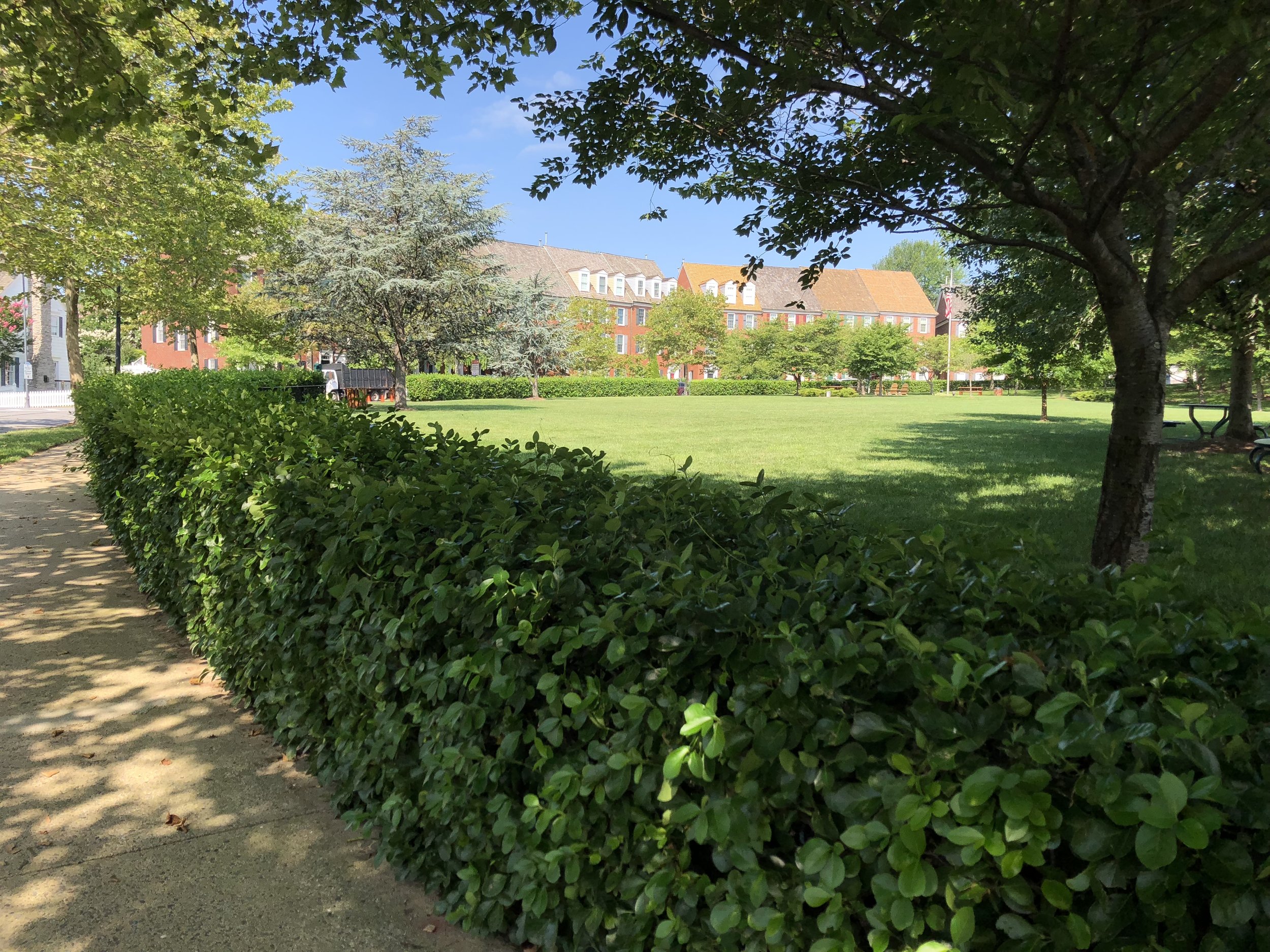Often, people’s shorthand for productivity is how much they get done. It’s a simple, straightforward metric. It’s easy to get. More things done = more productivity.
This approach to productivity values volume, speed, efficiency. Of course, these are useful measures. However, the problem is they shroud - and may undermine - the bigger picture of productivity.
This tight focus on volume, on ticking off to-dos, fuels our cultural obsession with “busy.” Everyone is so busy. And if they’re not, they fear there’s something wrong.
Days (and nights) are packed to the brim in order to Get. Things. Done.
People often seek my services because they want to find a way to get even more things done. They’re not quite satisfied with what they are getting done (and with what remains undone). Often these people are busy all day, yet ironically, they don’t feel accomplished. They don’t don’t see the progress you would expect from all that busy-ness. Something doesn’t compute.
They want a tactic, or a trick, or a tip, to squeeze even more into that pretty packed schedule. They’re hoping that a time management technique will help them beat the clock once and for all.
Yet, with this limited equation of volume (of things to do) and time (to do it), all you can really do is tweak a little at the margins.
That’s because it’s the framework that’s flawed. This dominant perspective about productivity misses the mark, and frankly, the point. It’s a production model of productivity. It’s a machine model, where your options to increase productivity are constrained to doing things faster or more efficiently. Tweaking the machine.
Instead of productivity being narrowly equated with getting things done, consider productivity from the point of view of impact. This perspective features effectiveness, not just efficiency, and requires clarity of purpose and intent. It’s not just about ticking things off a to-do list. It’s ticking the right things off, at the right time, in the right way.
This is a performance model of productivity, rather than a production model. It’s looking at productivity as a sophisticated, interdependent ecosystem, not a simplistic, linear assembly line. The performance model seeks mastery in achieving a goal. The production model seeks the production of more widgets. More things done (more widgets) = more productivity.
This performance model of productivity is the athlete model, in which you cultivate and draw on all the factors that contribute to great performance. You look at technique, energy, intent, strategy, focus, mindset, resilience, adaptation, team play, endurance, flexibility, stamina, habits, nutrition, sleep, motivation…
The game of work and life requires more than a machine approach of grinding out more to-dos faster. Yes, that will work for awhile. But over time, the machine wears down and eventually breaks down. That’s what happens to even the best of machines.
And it really doesn’t work when we humans try to act like machines. We need a more fitting framework for productivity. Human performance is an ecosystem that is infinitely adaptive, robust, and resourceful.
If you want to expand your approach to building your productivity, consider your performance and what helps you to:
Build and maintain focus
Get going when you lack motivation
Be creative, innovative
Collaborate
Maintain good energy
Keep going even after setbacks
Prioritize and focus, rather than react and multitask
Persuade others
Be the boss of yourself and your time
Leverage your impact
When you use a performance framework for productivity, you no longer discount things like sleep, exercise, and enjoyment. You know that sometimes (or oftentimes) less is more, focus is gold, and running yourself ragged is for suckers. You sense that giving yourself a little more grace and a little more time to focus on what matters will outperform the fleeting high of being being busy and overextended.
Don’t get me wrong. I love crossing off those to-dos as much as the next person. I adore getting stuff done. I love to take action. I love to accomplish. I mean seriously. It’s so satisfying. This is not anti-to-do’s or anti-ambition or anti-hustle or anti-hard-work.
This is about getting things done from the point of view of performance, of impact, rather than simply production.
You may be working around the clock, on call for every need, everyone’s go-to gal or guy, but the question is:
Are you getting the right things done?
Are you bringing the best ideas to bear?
Can you sustain the energy you need to see it through?
Are you having an impact?
Are the things and people around you flourishing?
Did you rise with that challenge or mistake?
Is your thinking flexible?
Are you solving the right problems?
Are you clear and committed?
Are you satisfied at the end of the day and hopeful at the beginning?
Because it turns out, these things matter. Let’s pursue productivity as a self-renewing resource, rather than a self-limiting obligation. Productivity as a dynamic ecosystem, not a production line churning out widgets.
It’s time to reframe productivity, wouldn’t you say?











